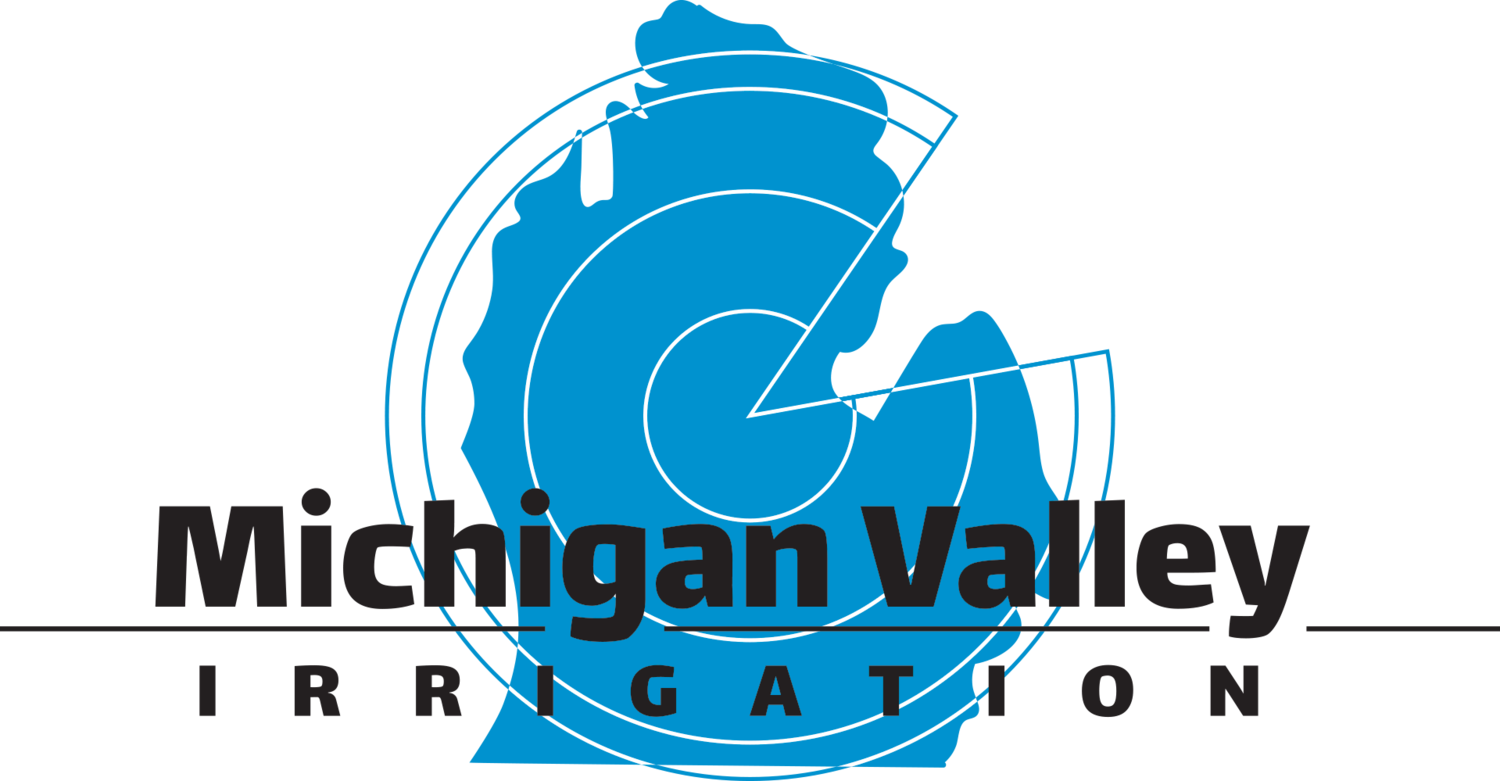What is Your Biggest Yield Robber?
Ultimately your biggest yield robber is probably cash. Without cash it is hard to do much of anything from paying property taxes to paying for equipment, inputs, and labor. So, let’s consider the next most significant input or factor and making yield. If you guessed water, you agree with many others. It’s a little more complicated than just water, but that seems to be the critical factor. In a few cases it may be too much water, but often it is lack of moisture. Dry weather is another description used.
In a recent article I found in Farm Journal Magazine, they asked growers from Kansas, Kentucky, and Illinois and they all mentioned moisture, particularly lack thereof, as the most significant factor in lost yield. Some growers went on to explain some strategies employed when dry conditions persist from one year to another. Low yielding fields due to lack of moisture during one growing season, will have remaining unused nutrients within the plant root zone. Grid sampling is an excellent way to measure your residual nutrient levels and adjust application rates accordingly.
Sample spacing
Application map / sample results
Switching to crops that require less moisture like grain sorghum, or wheat is another strategy used when dry conditions persist in subsequent years. Keeping a root in the ground or cover cropping can also act to reduce moisture loss and possibly even generate some harvestable yield to help with the cash thing I first mentioned.
Even those that irrigate crops found covering all their acres to be challenging. From the increased expense of covering smaller fields, to lack of availability or cost to obtain water, to farming unowned acres, insufficient moisture is often a yield drag, so other options need consideration. Tillage practices, cover crops and crop rotations, along with weed and pest control are important in reducing crop stress.
When asked about the next biggest “robber of yield”, fertility was commonly mentioned. Getting the right nutrients, in the right place at the best time was mentioned. Having the appropriate PH to facilitate uptake is also part of the challenge. One nice thing about watering with pivots is the option to fertilize those covered acres with a spoon-feeding approach. This utilizes an injection pump adding nutrients with irrigation water.
The enables application timing when plant demand occurs, instead of before the plant needs those nutrients, minimizing lost nutrients from leaching, runoff or other unplanned events.
To keep it local, I followed up with some Michigan growers to get a feel for their crop stresses.
Once again weather and specifically moisture were again mentioned as the greatest concern. I also was reminded that this year in particular, sunshine was an issue. Particularly on the western part of our state, cloudy skies because of the impact of lake Michigan, reduced potential yields. Tillage practices, especially when fields are entered prior to proper drying conditions, can cause soil compaction, and negatively impact growing conditions for multiple seasons. The third limiting factor discussed was providing favorable nutrients throughout the growing season. Timing and plant availability were offered along with the need to consider biological forms of nutrient supplements as we move forward learning more about soil and microbial health.
To summarize my findings, water seems to be the number one factor in loss of yield. Occasionally it is due to too much water from poor drainage, but lack of moisture, especially as your plants get larger, is often a greater problem. Lack of sunshine can contribute, but at this point that seems quite difficult to control. Tillage practices and nutrient availability are the next most common factors cited in my grower research. Center pivot irrigation can have a significant impact on your yield. Pivots can also be used for timely spoon feeding of nutrients. This can help mitigate nutrient deficiencies by including injection pumps into your irrigation system to add desired amounts of nutrient shortfalls in a timely fashion throughout the growing season. As for tillage, it seems less is generally better for soil health and staying off wet fields is an excellent idea.
Credit: Farm Journal 11/10/22 Chris Bennett, Ag Web
ABOUT THE AUTHOR
Pete is the marketing manager for Michigan Valley Irrigation, having joined the company in 2016. He was raised on a dairy farm in western New York and graduated from Cornell University with a B.S. in agricultural economics. His entire working career of over 37 years has been involved in agriculture. A farmer helping farmers. When away from Michigan Valley he operates, Joyful Noise Farm, a small livestock and produce farm and spends time with his family.








